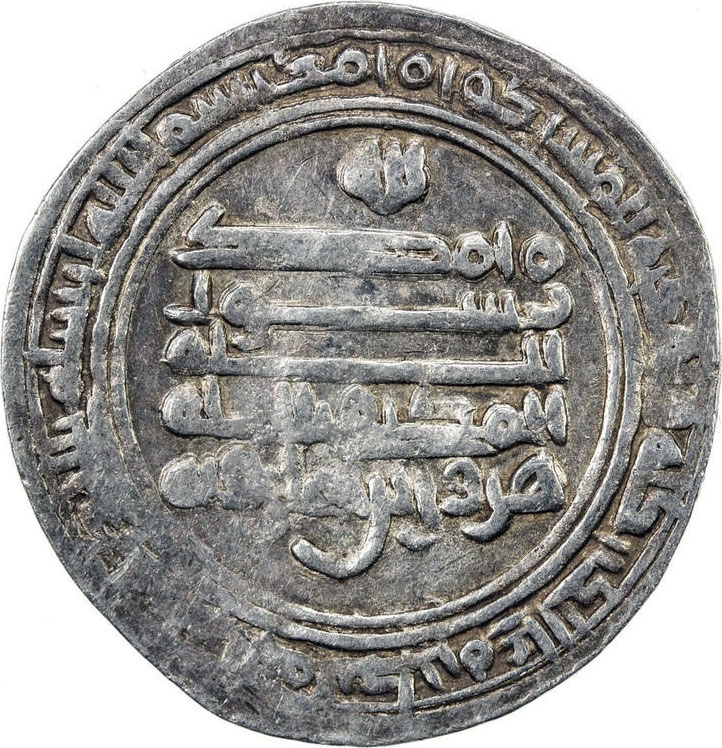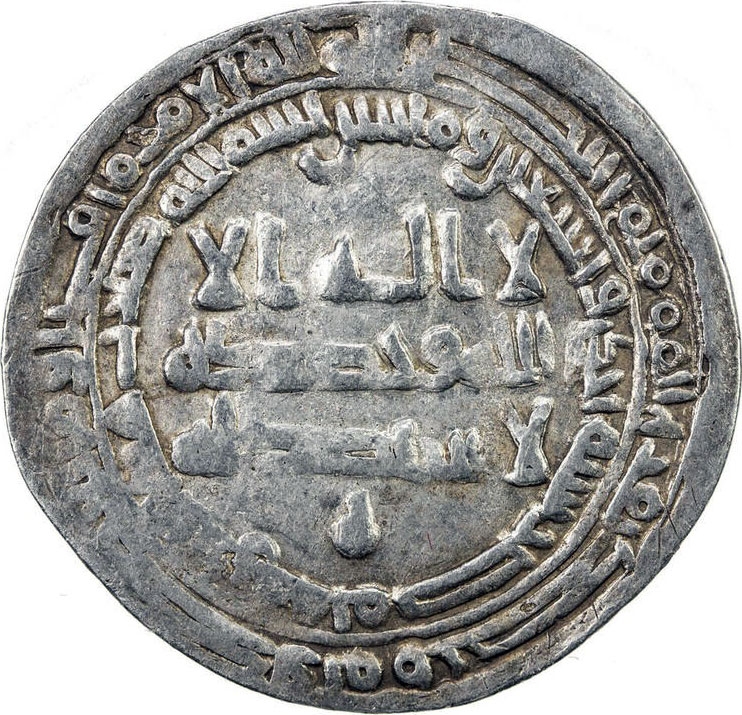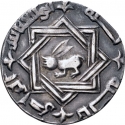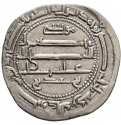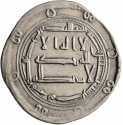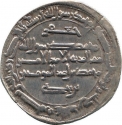You are about to finish your registration. Please check your mailbox (including spam folder). There should be a letter with a confirmation link. Check setting to make sure that your e-mail address is correct.
Send letter againDescription
The Abbasid Caliphate (Arabic: الْخِلَافَةُ الْعَبَّاسِيَّة) was the third caliphate to succeed the Islamic prophet Muhammad. It was founded by a dynasty descended from the prophet's uncle, Abbas ibn Abdul-Muttalib (566–653 CE), from whom the dynasty takes its name. They ruled as caliphs for most of the caliphate from their capital in Baghdad in modern-day Iraq, after having overthrown the Umayyad Caliphate in the Abbasid Revolution of 750 CE (132 AH). The Abbasid Caliphate first centered its government in Kufa, modern-day Iraq, but in 762 the caliph Al-Mansur founded the city of Baghdad, near the ancient Babylonian capital city of Babylon. Baghdad became the center of science, culture and invention in what became known as the Golden Age of Islam. This, in addition to housing several key academic institutions, including the House of Wisdom, as well as a multiethnic and multi-religious environment, garnered it a worldwide reputation as the "Center of Learning".
Abū Muḥammad ʿAlī ibn Aḥmad (877/78–908), better known by his regnal name al-Muktafī bi-llāh (lit. 'Content with God Alone'), was the Caliph of the Abbasid Caliphate from 902 to 908. More liberal and sedentary than his militaristic father al-Mu'tadid, al-Muktafi essentially continued his policies, although most of the actual conduct of government was left to his viziers and officials. His reign saw the defeat of the Qarmatians of the Syrian Desert, and the reincorporation of Egypt and the parts of Syria ruled by the Tulunid dynasty. The war with the Byzantine Empire continued with alternating success, although the Arabs scored a major victory in the Sack of Thessalonica in 904. His death in 908 opened the way for the installation of a weak ruler, al-Muqtadir, by the palace bureaucracy, and began the terminal decline of the Abbasid Caliphate.
The Tulunids, were a Mamluk dynasty of Turkic origin who were the first independent dynasty to rule Egypt, as well as much of Syria, since the Ptolemaic dynasty. They were independent from 868, when they broke away from the central authority of the Abbasid Caliphate, to 905, when the Abbasids restored the Tulunid domains to their control.
Obverse

|
Depicts the inscriptions in Arabic "For God", "Muhammad is the Messenger of God”, "al-Muktafi bellah" (Caliph), "Harun ibn Khumarawayh" and “He sent him with guidance and the true religion to make it victorious over every religion although those who associate others with God dislike it.” لله |
|---|---|
Reverse

|
Depicts the inscriptions in Arabic “There is no god but God alone / He has no associate", "al-Mufawwid ila-llah" (Future Caliph), "To God belongs the command before and after, and at that time the believers will rejoice in the victory of God" and "In the name of God. This dinar was struck in Misr (Egypt) in the year 291." لا اله الا |
| Edge |
